
Westlake City Community Park
Cal Craven
4-20-15
1st
Discover Design Pocket Parks: Problem Statement for the "Vesty" Pocket Park
A pocket park (also known as a parkette, mini-park, vest-pocket park or Vesty park) is a small park accessible to the general public. Pocket parks are frequently created on a single vacant building lot or on small, irregular pieces of land. They also may be created as a component of the public space requirement of large building projects.
Pocket parks can be urban, suburban or rural, and can be on public or private land. Although they are too small for physical activities, pocket parks provide greenery, a place to sit outdoors, and sometimes a children's playground. Any place that space is tight is ideal for a pocket park, as the users want to use a space that wouldn’t normally include a natural setting.
In highly urbanized areas, particularly downtowns where land is very expensive, pocket parks are the only option for creating new public spaces without large-scale redevelopment. In inner-city areas, pocket parks are often part of urban regeneration plans and provide areas where wildlife such as birds can establish a foothold. Unlike larger parks, pocket parks are sometimes designed to be fenced and locked when not in use.
Small parks can increase the value of nearby homes, and provide the inhabitants of those homes a place to get away and enjoy themselves in a place that’s fun and visually appealing. (http://en.wikipedia.org/wiki/Pocket_park)
I ended up choosing my location as Crocker Park in Westlake, which is a mixed use area for both commercial and residential interactions. Throughout the beginning stages of the project, I did research and finally concluded on this area for my pocket park as it is the best place in Westlake for integrating what a pocket park really is, a piece of nature where there shouldn't be one.
Overview of the problem
-How can we integrate a natural place that will bring a multitude of people together to enjoy themselves in an area that does not naturally accommodate such needs?
Things to consider:
- Orientation
- The surrounding area (what would they need out of this park)
- Being efficient with space (do we need to use all of this space?)
- The people who would be using it
- What things do people enjoy in such a space (aka what goals is this space trying to accomplish)?
Amenities to include:
- Benches
- bike shelters
- meeting spaces
- playgrounds & pavilions
- cafes
- information kiosks
- arts performance areas
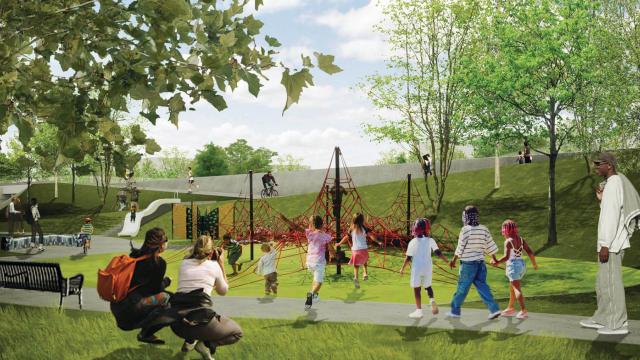
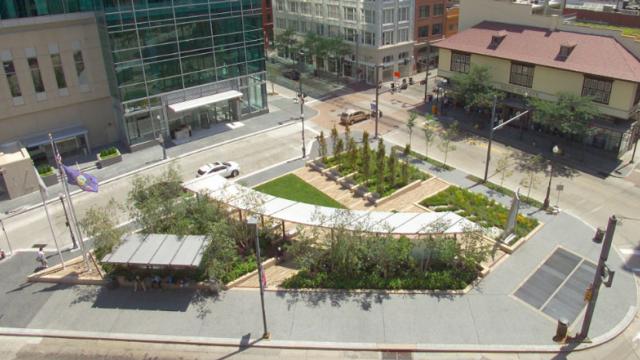


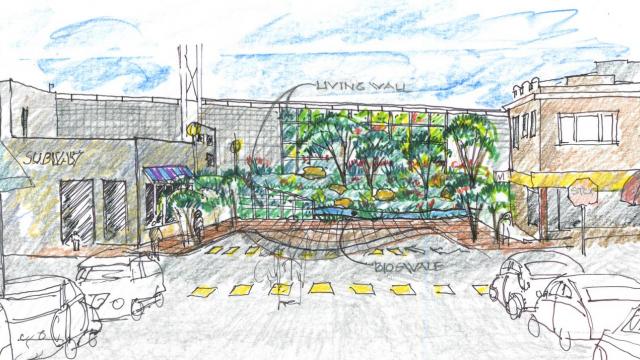

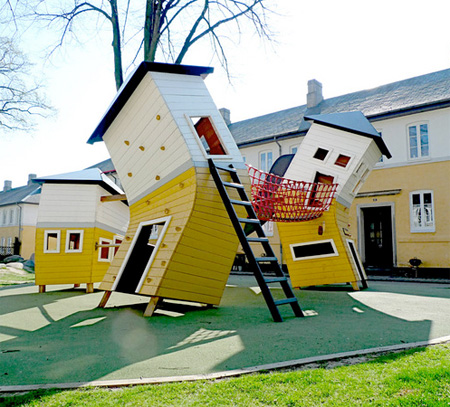

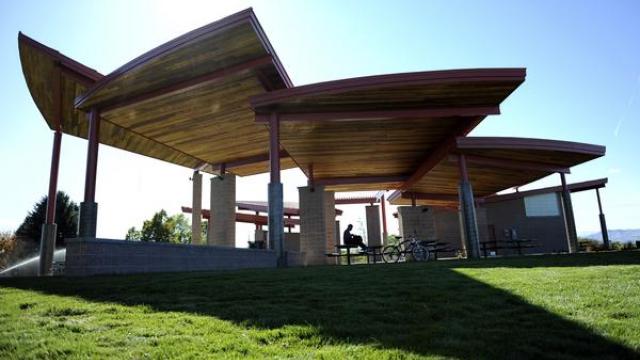


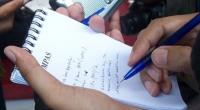
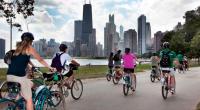






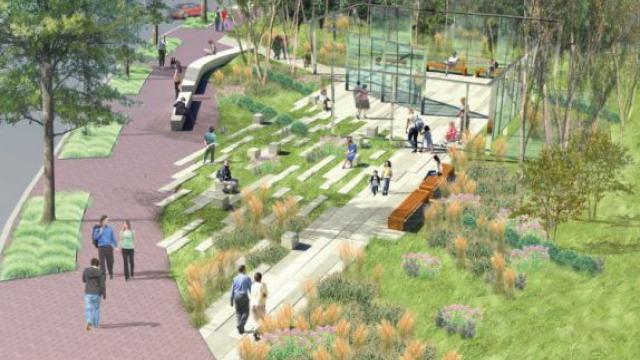
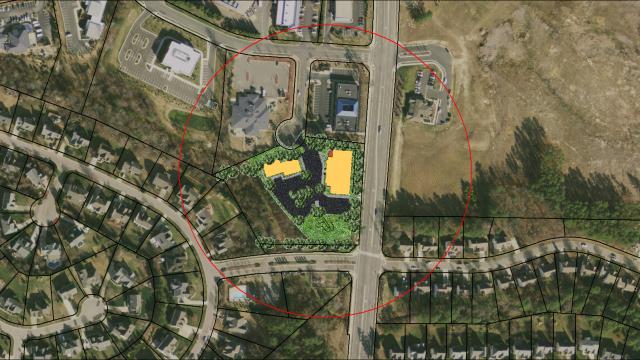
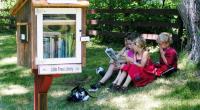
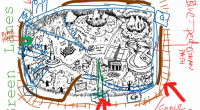







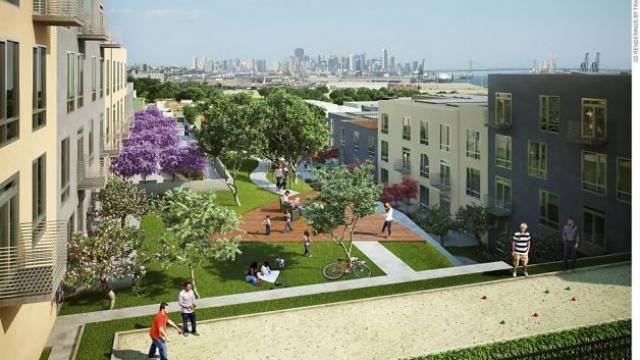
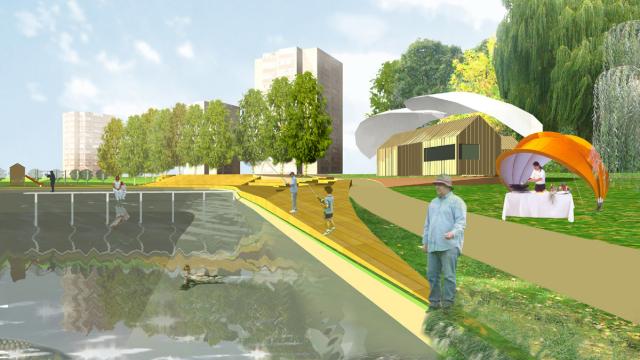








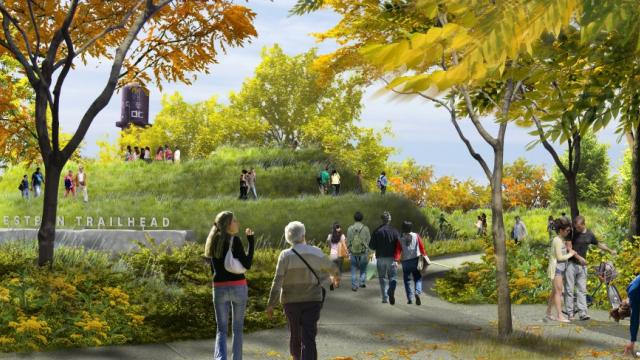
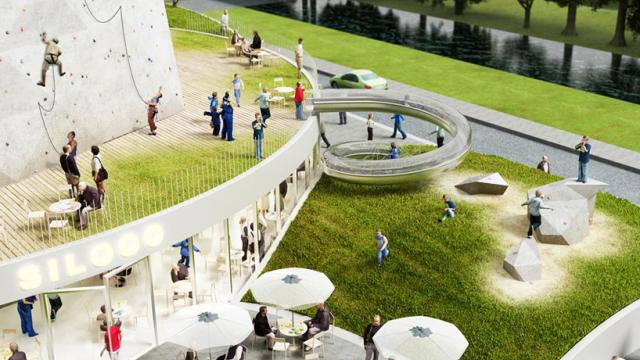
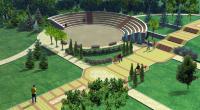








Comments
The ideas developed in early sketches were carried through well in the final park design. Project was modeled well in 3D.